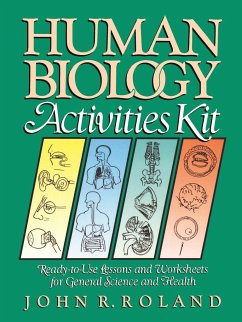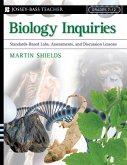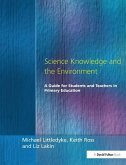This remarkable resource places in your hand over 200 stimulating, classroom-tested lessons and reproducible worksheets to help you teach vital concepts in human biology and health to student on a broad range of ability levels in grades 7-12. These high-interest lessons and worksheets get students actively involves in learning -- even students who are poorly motivated, learning disabled, or who lack English proficiency. Moreover, they easily accommodate different learning styles and offer questions on three cognitive levels, making it easy to tailor each lesson to individual needs. For your teaching convenience, the lessons are organized into 11 units that can stand alone or supplement any text. The units, along with a sample lessons from each, include: 1. THE MICROSCOPE -- "Making a Compound Microscope" 2. THE CELL -- "The Anatomy of a Cell" 3. THE SKELETON-- "Does Calcium Really Make Bones Strong?" 4. MUSCLES -- "The Muscles of the Human Body" 5. THE NERVOUS SYSTEM-- "Specialized Areas of the Brain" 6. THE CIRCULATORY SYSTEM -- "Investigating a Drop of Blood" 7. THE IMMUNE SYSTEM -- "How Chemicals Can Stimulate a Cell" 8. THE RESPIRATORY SYSTEM-- "Testing for Carbon Dioxide During Exhalation" 9. THE DIGESTIVE SYSTEM -- "Simulating the Steps of Digestion" 10. THE EXCRETORY SYSTEM -- "Internal Anatomy of the Kidney" 11. REPRODUCTION -- "Making a Plaster Model of the Human Embryo" Each unit provides enjoyable, effective, hands-on activities that engage students-- for example, in making a cell model in Unit 2, investigating the nerve receptors in their skin in unit 5, or making an "action cartoon" of a macrophage engulfing an invading microorganism in Unit 7. And the important health issue AIDS gets detailed coverage in a series of lessons on the immune system, how the HIV virus works, and how AIDS can and cannot be spread. Best of all, you'll find that each unit is complete and ready for use, including step-by-step teacher instructions, reproducible student worksheets, and full answer keys. It will help you save hours of preparation and planning time while teaching important skills and concepts to some of your most challenging students!
Hinweis: Dieser Artikel kann nur an eine deutsche Lieferadresse ausgeliefert werden.
Hinweis: Dieser Artikel kann nur an eine deutsche Lieferadresse ausgeliefert werden.








